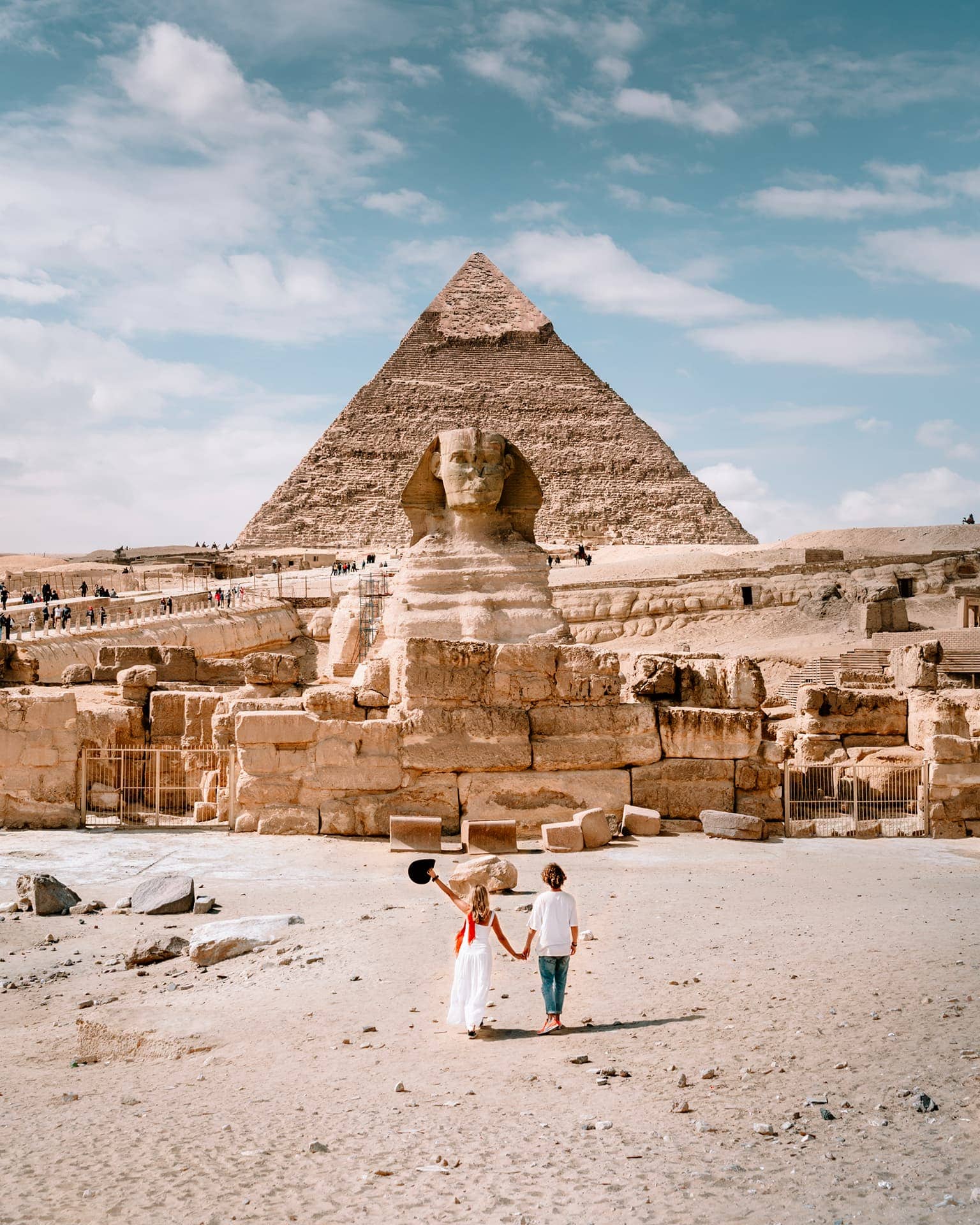the Roman Amphitheatre of Alexandria
The Roman Amphitheatre of Alexandria, also known as the Theatre of Kom el-Dikka, is a fascinating historical site in Alexandria, Egypt. Here are the key points about this remarkable structure:
Discovery and Origins:
The amphitheatre was discovered by chance in 1960 during preparations for constructing a building in the area of Kom el-Dikka.
Initially, the excavation team was searching for the grave of Alexander the Great, but instead, they uncovered the remains of this ancient Roman theatre.
The theatre dates back to the 4th century CE and continued to be used until the 7th century, spanning the Roman, Byzantine, and Islamic eras.
Design and Features:
The Roman theatre in Alexandria follows the typical form of Roman theatres:
Audience Section: Made of marble, it consists of 13 rows that could accommodate around 600 spectators.
Granite Columns: The supporting columns were made of granite imported from Aswan, a city in southern Egypt.
Five Compartments: These compartments, located at the top of the audience section, might have hosted royals or public figures during performances.
Thick Limestone Walls: The sturdy walls formed the foundation of the theatre.
Purpose and Usage:
The theatre was not a large sporting arena (as the term “amphitheatre” might suggest) but rather a small Roman theatre.
It hosted various events, ceremonies, and performances.
The audience enjoyed theatrical productions, music, and other forms of entertainment.
Academic Institution Theory:
Recent research and excavations have led to intriguing theories:
Some scholars propose that the theatre was actually a small lecture hall.
The entire complex might have served as an academic institution, possibly even an ancient university linked to the Great Library of Alexandria.
Graffiti found on-site hints at the rivalry between supporters of local chariot teams.
Visiting Today:
The Roman Amphitheatre of Alexandria is open for visitors.
You can view the original marble seating, explore the galleries, and appreciate the Roman mosaics that still adorn the floors.
Nearby, you’ll find the remains of the Roman bath house and the Villa of the Birds, named for its beautiful mosaic work.
Getting There:
The amphitheatre is located on Ismail Mahana Road in Alexandria, Egypt.
Alexandria train station is a short 5-minute walk away, and Alexandria International Airport is approximately a 20-minute drive from the site.
The Roman Amphitheatre of Alexandria stands as a testament to ancient culture, education, and entertainment in this historic city123. 🏛️🌟
 English
English











